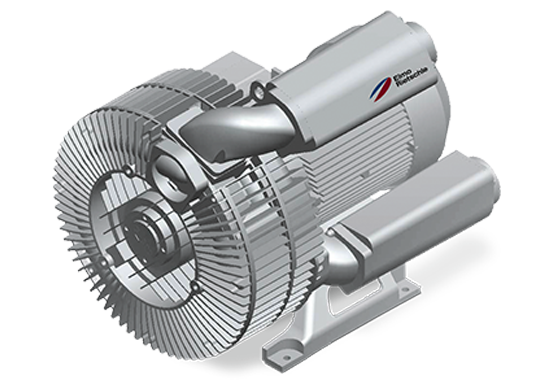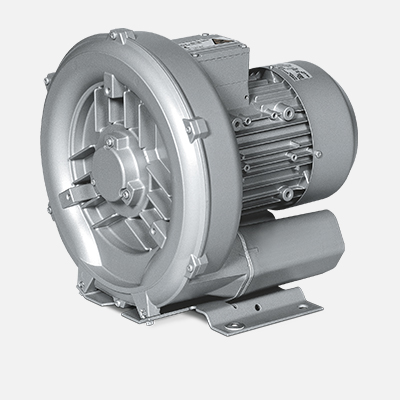Product Overview: Regenerative Blowers
G-BH100 - The smallest regenerative blower on the market
With a height and width of approximately 4.9 inches and a depth of approximately 2.4 inches, the G-BH1 00 blowers are the smallest regenerative blowers available on the market.
G-BH1 - Classic with innovative technology
With their high inlet volume flow up to 1,413 cfm and a differential pressure of up to 313 in. H₂O, our low noise G-BH1 regenerative blowers have earned their reputation. They are reliable, low maintenance and durable. They deliver 20,000 operating hours between service and are virtually maintenance free.
G-BH2 VELOCIS - The regenerative revolution
Volume flow up to 520 cfm and differential pressure up to 420 in. H₂O. With its significantly expanded range of performance and lower noise levels, the regenerative technology can now be used in completely new fields of application that were previously inaccessible. They deliver 40,000 operating hours between service and are virtually maintenance free.
G-BH7 - Unsurpassed at highest differential pressure.
Our high performance G-BH7 regenerative blowers can create differential pressure of up to 435 in. H₂O. They deliver 20,000 operating hours between service and are virtually maintenance free.
G-2BH8 - Wider varieties of flow and CFM.
Our German developed 2BH8 series of regenerative blowers have capabilities upwards of 400 in. H₂O, with maximum flow capacities at just over 450 CFM. These tried and true blowers can operate up to 20,000 hours before needing serviced, operating virtually maintenance free.
 USA (EN)
USA (EN)

